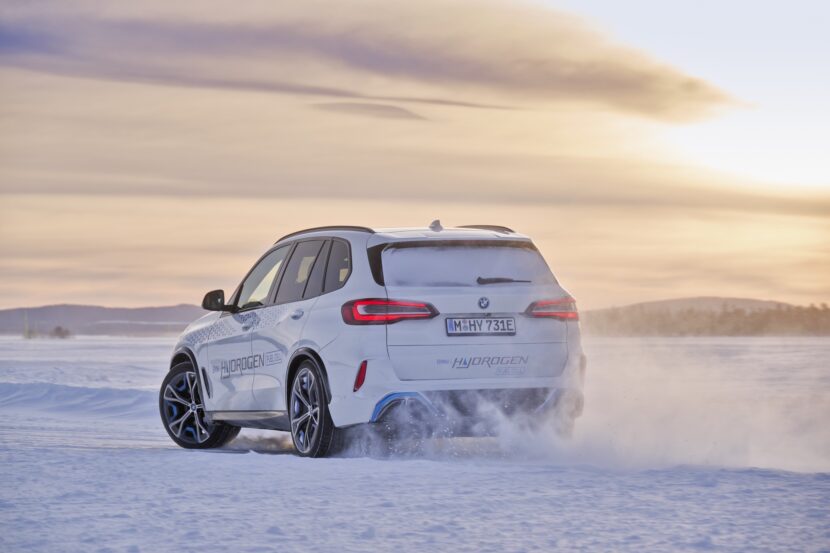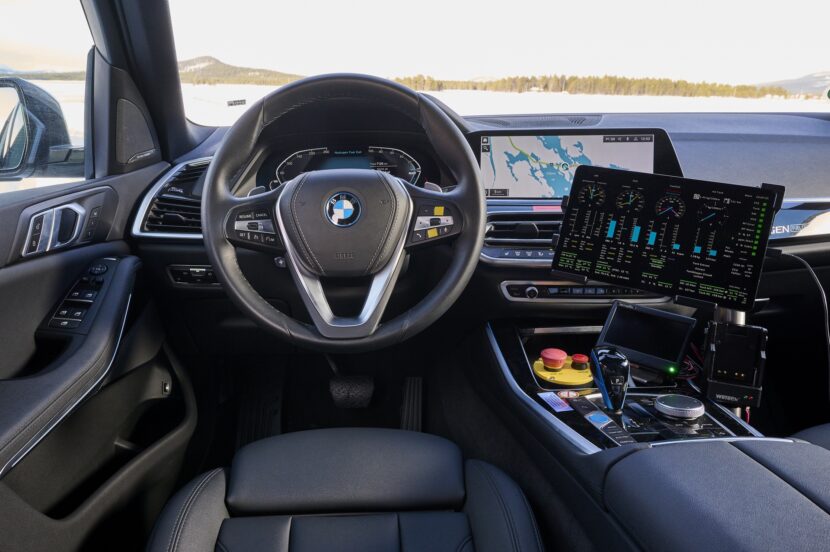In this video, we review a BMW iX5 Hydrogen prototype. But before we got behind the wheel of this unique prototype, we had to fly around the world to reach the BMW Testing Center in Arjeplog, Sweden. To learn more about the fuel cell electric vehicles at BMW, we sat down with Robert Halas, project leader for the BMW iX5 Hydrogen and Dr. Juergen Guldner, head of all hydrogen activities and hydrogen vehicle projects at BMW. The two engineers go over all the technical specs of the hydrogen-powered BMW iX5 before heading out for a drive in sub-zero temperatures.

This is BMW’s second attempt at a fuel cell electric vehicle. The first one was introduced in 2015 inside a 5 Series Gran Turismo prototype, part of another collaboration with Toyota. We had the chance to drive that FCEV prototype in Miramas, BMW’s testing facility in southern France. Built also in collaboration with Toyota, the iX5 FCEV is keeping BMW’s fuel cell program alive, as the Bavarians feel that hydrogen can be a very effective technology for long-distance vehicles in the future. The idea is that hydrogen fuel cell-powered vehicles can be used to supplement the brand’s lineup where traditional electric vehicles have difficulties.

For the BMW iX5 Hydrogen, BMW is reusing a lot of the technology from the recent BMW iX3 or iX, both which are using BMW’s fifth-generation eDrive electric motor technology. BMW iX5 makes about 125 kW/170 horsepower, however, the energy stored in a performance buffer battery can be used for short bursts of high-performance acceleration, delivering a maximum of 275 kW/374 horsepower. According to the BMW engineers, t takes about three to four minutes to fill up the hydrogen tanks, enough for a current estimated range of 300 miles (500 km).
The second part of the BMW iX5 Hydrogen review will be out next week and we will take you around an ice lake where we had the chance to drift the iX5 Hydrogen. For now, let’s take a look at the review below and don’t forget to subscribe to our Youtube channel!




































































